November 24, 2021 | Toronto Star
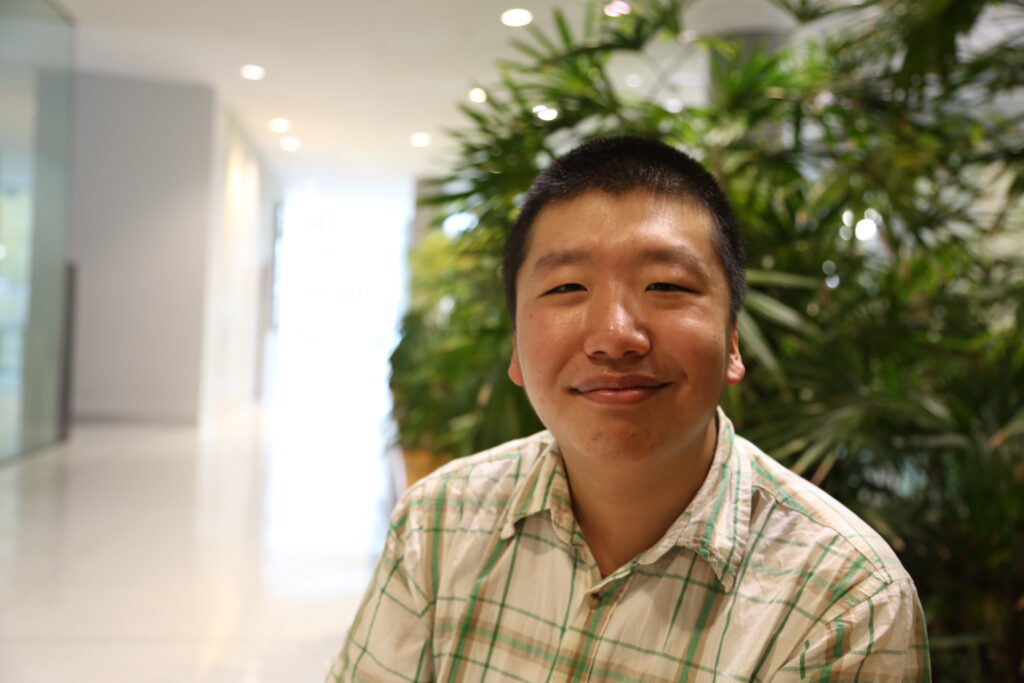
We are recognizing the student leaders making a difference at CivMin this academic year, and we recently chatted with Civ Club Vice-Chair Bo Zhao. There is no Chair for Civ Club this school year, so in line with the constitution, Zhao takes on Chair duties as Vice-Chair.
What’s your goal this year as Civ Club’s designated leader?
My main goal is trying to recover the in-person opportunities we had in Civ Club before the pandemic. Hopefully, we can get the green light for the Dinner Dance to be held in the winter semester as well. Another goal of mine is to try and improve mental health and well-being in Civ while ensuring everybody’s academic concerns are taken care of throughout our program.
The Civ Club Common Room reopened about a month ago. What has the response been?
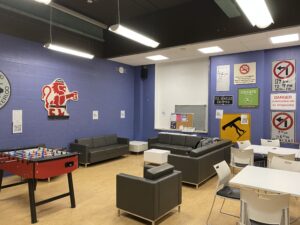
On a practical level, it just gives people a space to eat their lunches and study, but I think most importantly it’s there to foster a connection between students. I remember back when I was in my first year, I met a lot of my upper-year classmates through the common room and the CivMin computer labs. Now with the space open, hopefully, we can start revitalizing the student community as we recover from the pandemic.
What is Civ Club?
It’s about making sure everybody feels like they’re going into a program where they spend four or five years with the tools and support to improve themselves and not feel too stressed about school. We’re also here to make the little changes to help improve our student experience bit by bit, however, we can through academic or social activities.
How did you first get involved with Civ Club?
I started last year as a mentorship director. I oversaw coordinating the mentorship program of upper-year mentors and first-year mentees. We try to develop social events and exam review sessions. My role was particularly important last year as we helped first-year students transition to university when it was a fully online experience.
What are some of your tips for people that are just getting to discover campus in person for the first time?
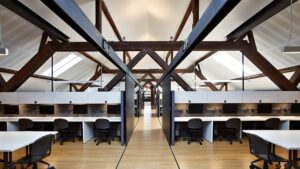
I recommend just going outside of the engineering corner of campus, at least once, just to take a walk. It’s nice to see the whole university and going for a walk can help de-stress you as well. I also recommend visiting the common room and the mining 4th-floor computer lab (Goldcorp Mining Innovation Suite), once it’s open, which are basically open 24-7. So if you need a spot to be somewhere late or really early, they’re always open for people to use.
What’s your favourite spot to grab a bite to eat on campus?
For me, it’s probably the green food truck outside of Bahen (BA) because it’s so conveniently placed
How can students get involved with the Civ Club?
Email us if you guys have any ideas of how you think you want to improve the student community, we’ll do our best to work with you to make it happen.
What do you like to do in your spare time when you’re not studying?
On Friday nights I’m usually playing in the Toronto Chinese Orchestra. I play the Erhu (Chinese-bowed fiddle). It’s been a great way to destress, and I recommend people do activities outside of engineering to find another community one can be a part of.
By David Goldberg
—
Visit Civ Club’s website for more info and follow them on all social media channels:
Website: civ.skule.ca
Facebook: https://www.facebook.com/civclub/
Instagram: @civclub
Twitter: @civclub
November 22, 2021 | Globe and Mail
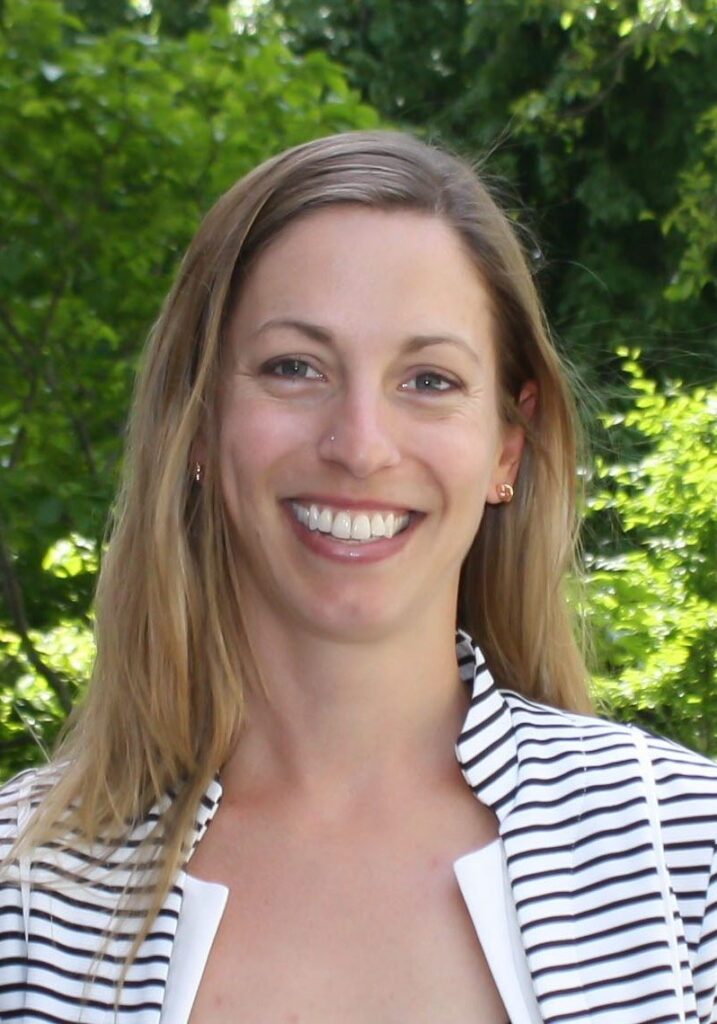
Prof. Marianne Touchie has received the Rising Star Award from the Ontario Building Envelope Council (OBEC) for 2021. This award is given out biennially to recognize individuals that demonstrate exceptional knowledge of the design, construction and performance of the building envelope. Touchie says, “Having worked with OBEC for a number of years and seeing the important work this organization does, I’m so honoured to be recognized by this talented, dedicated group of professionals!”
Since 1987 – The OBEC has been bridging the gaps amongst the architectural, engineering, research, manufacturers and construction communities. The non-profit organization addresses today’s challenges facing building performance and sustainability. One of OBEC’s keys to success is a dedication to building science education at all levels.
November 19, 2021 | CBC – The Dose
November 18, 2021 | CBC News
CivMin’s Prof. Marianne Hatzopoulou among those honoured
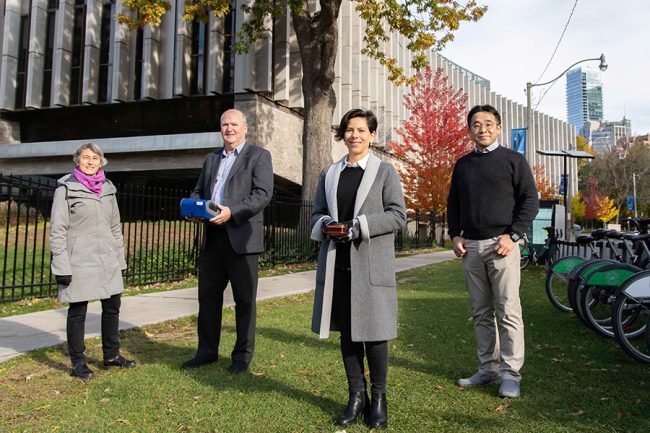
A multidisciplinary team that includes several U of T Engineering professors has been awarded the 2021 Brockhouse Prize for Interdisciplinary Research in Science and Engineering from the Natural Sciences and Engineering Research Council of Canada.
The award recognizes outstanding Canadian teams of researchers from different disciplines. In this case, the team combined their knowledge and skills to better understand and address the critical public health issue of air pollution.
“It is very gratifying to see how research ideas that were seeded almost two decades ago have grown into such a supportive and energising collaborative community,” says Professor Greg Evans (ChemE, ISTEP), one of the recipients of the award.
“The research we have done together has led to real benefits. There’s a lot to be proud of.”
In addition to Evans, the award recipients include Professors Arthur Chan (ChemE), Marianne Hatzopoulou (CivMin) and Jim Wallace (MIE) as well as Senior Research Associate Dr. Cheol-Heon Jeong (ChemE).
They also include U of T Professors Miriam Diamond (Earth Sciences, School of the Environment, ChemE), Chung-Wai Chow (Temerty Medicine, UHN), Jeff Brook (Dalla Lana School of Public Health, ChemE) and Scott Weichenthal (Epidemiology, Biostatistics, and Occupational Health, McGill) as well as Dr. Robert Healy, Senior Scientist at the Ontario Ministry of the Environment Conservation and Parks.
“Those named on the award are just the tip of the iceberg,” says Evans. “There many others at U of T, in government, in industry and in NGOs or communities across Canada, not to mention more than 100 graduate and undergraduate students. I feel very fortunate to have been able to work with such great people.”
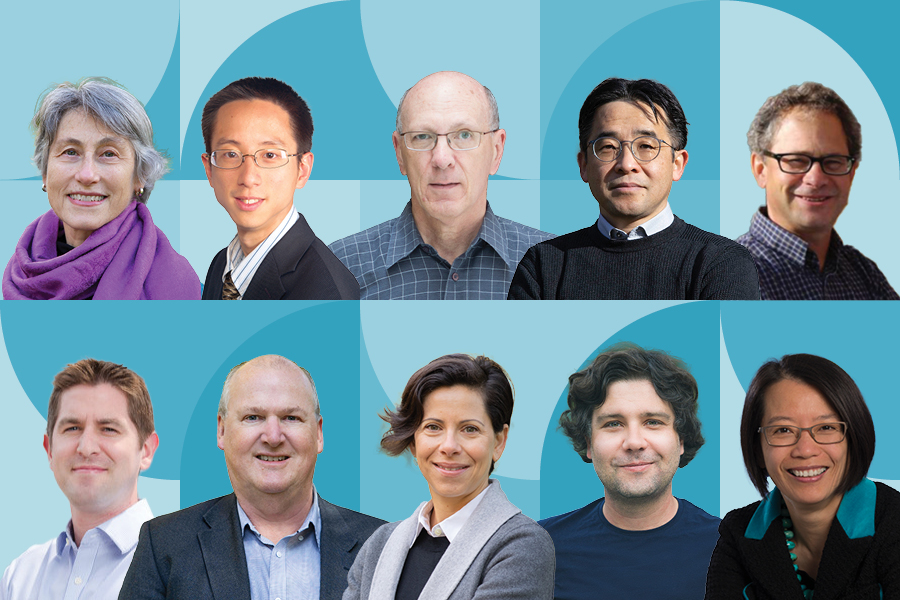
Working out of the Southern Ontario Centre for Atmospheric Aerosol Research (SOCAAR), the team has developed innovative new tools and strategies for studying air pollution and its effects. These include new experimental methods and state-of the art tools, some of which have even revealed pollutants which were previously unrecognized or undetectable.
Together, the team has published 85 papers that integrate expertise from a wide range of fields: atmospheric chemistry, exposure science, vehicle engines, epidemiology, public health, urban design and respirology.
One example is a report released by the team in 2019 that highlights the role of rush-hour traffic and diesel truck emissions as major areas of concern.
“Our research indicated that older ‘heavy emitting’ trucks are making a disproportionate contribution to the exposure of Canadians to traffic-related air pollution,” says Evans.
“We were able to show that removing a small portion of vehicles off the road could offer a substantial benefit. It was very gratifying when the Province of Ontario cited this research as a reason for switching its vehicle emissions testing from cars to trucks.”
Another study used house dust to assess exposure from the 2016 Alberta wildfires that affected residents of Fort McMurray and the nearby Fort McKay First Nation community.
“My group spent two summers vacuuming in homes and analyzing pollutants, while Professor Chow worked with participants and assessed lung health,” says Chan. “We had a great time working together, especially when my engineering students had to learn how to measure lung function.”
The published findings showed that the levels of toxic substances, such as polycyclic aromatic hydrocarbons, arsenic and heavy metals, were not any higher than in Canadian homes that had not been affected by the fire.
A critical component of the team’s approach has been knowledge translation. Working with a wide range of stakeholders nationally and internationally, the team has made an effort to have their findings support policy development, increase public awareness of air pollution, and develop novel ways to mitigate its effects. One example was a study that examined air quality on commuter trains in the GTA, which highlighted the need for improved air filters.
Going forward, a key area of focus will be the interplay between air quality and greenhouse gas emissions.
“The associations between climate change and air pollution are complex, opening up new avenues for research,” says Hatzopoulou. “The pressure on governments to meet climate commitments comes with the additional complexity of reducing air pollution and promoting equity. Solutions need to not only reduce emissions but also enable positive societal outcomes. This is a tremendous challenge for research and policy.”
Despite the challenges ahead, the team members show no signs of losing momentum.
“We’ve seen the potential of this research to reduce preventable illness and mortality, and promote health and wellbeing,” says Evans. “It’s easy to stay motivated when it can benefit so many people in Canada and around the globe.”
“This is a problem that is ever-evolving,” says Chan. “The sources of pollution have changed over the years, from power plants and motor vehicles, to wildfires and even food cooking. People are always interested in what they are breathing in.”
By Tyler Irving
This story originally published by Engineering News
November 15, 2021 | Globe and Mail
November 9, 2021 | CBC: The National
New scholarships support underrepresented groups in Engineering
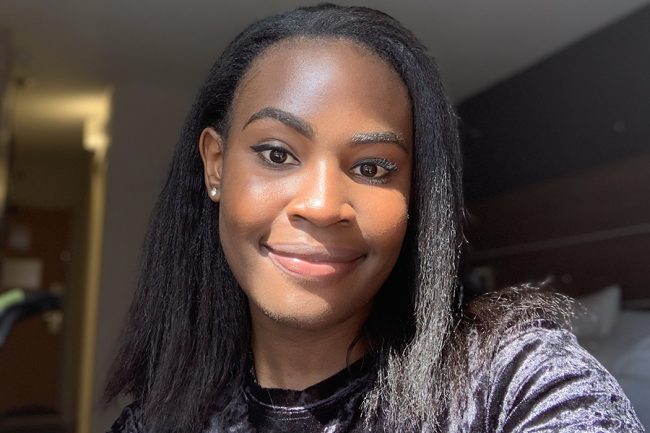
As a fourth-year student in chemical engineering, Stephanie Obeta has learned a lot about fluid flow, heat transfer and reaction rates. But she says her favourite course was about none of these — instead it had to do with the role engineers play in building a more just society.
“Engineering and Social Justice, instructed by Peter Weiss and Mikhail Burke, expanded my worldview on social issues and allowed me to understand different perspectives,” she says. “I came out of that course as a more well-rounded student with a better understanding of how my role as a future engineer impacts and shapes society.”
Obeta, along with Sarah Sameh Hassaballa (Year 2 CompE), is one of the two inaugural recipients of the CGI Scholarship for the Advancement of Black Women in Engineering. The award is one of more than 50 new scholarships, bursaries, fellowships and grants established in the 2020–2021 academic year, representing an investment of more than $5.5 million.
More than 30% of the new awards support students who are Black, Indigenous or members of other communities that have historically been underrepresented in engineering. Examples include:
- The John Richard Luke Engineering Scholarship for Women — Awarded to an undergraduate female student in Engineering with a demonstrated interest in health-care engineering, with first preference given to Black or Indigenous students.
- Prasad Family Foundation Scholarship in Mechanical Engineering — Awarded to an undergraduate student in Mechanical Engineering with demonstrated academic merit. First preference given to female students, and additional preference given to those who identify as Indigenous or Black.
“To me, receiving this award is particularly notable because it is symbolic of CGI’s commitment to continuously support and uplift Black women in engineering,” says Obeta. “It inspires me to continue to give back to my community and support my fellow peers, and will bring me one step closer towards achieving my career and educational goals.”
“CGI is excited and honoured to be able to provide the first CGI Scholarships for the Advancement of Black Women in Engineering and we couldn’t be prouder of this year’s recipients,” says Doug Morgan, CGI’s Vice President Consulting Services and Sector Leader, Greater Toronto Area.
“We believe that diversity and inclusion bring a greater variety of ideas, perspectives and experiences to the workplace, and create a positive environment where all members have the opportunity to thrive. We wish Stephanie and Sarah much success in the rest of their education journey and are confident they will both have great careers ahead of them.”
Over the past three years, Obeta has been heavily involved with the National Society of Black Engineers, which she describes as “one of the most rewarding experiences I’ve had at U of T thus far.” Upon graduation next spring, she plans to pursue a Master’s degree in biomedical engineering, and begin a career in the pharmaceutical industry.
“I hope to work in research and development, with my main goal being to help treat chronic illnesses by creating new pharmaceuticals and medical devices,” she says.
In addition to the new awards, some existing awards have been expanded or reimagined. This includes the Andrew Forde Polymath Award, which is presented to an upper-year undergraduate with preference given to a student who excels in extra- or co-curricular activities and community volunteerism aimed at strengthening the Afro-Caribbean community.
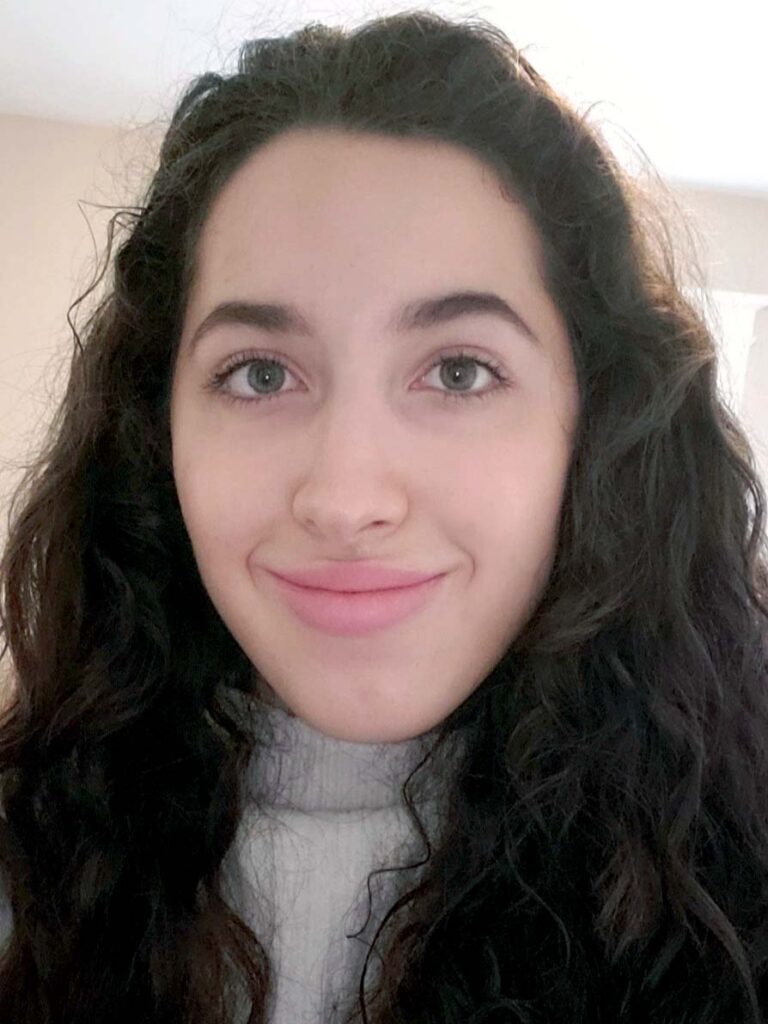
Second-year civil engineering student Maya Chai-Foo is this year’s recipient of the Andrew Forde Polymath Award. As Director of Health & Wellness in the Civil Engineering Club, Chai-Foo has been working to ensure that all students feel safe and welcome on campus.
“Seeing my efforts recognized is truly flattering,” she says. “My father is Afro/Chinese Jamaican and I’m certain he and my family are proud of me. I am a second-generation Canadian as well as the first to attend post-secondary school in my father’s family. I am fortunate enough to be provided with many opportunities in my life and, knowing that, I try to capitalize on them.”
As Director of Health & Wellness in the Civil Engineering Club, Chai-Foo has been working to ensure that all students feel safe and welcome on campus, as well as free to talk about their struggles and access the needed resources.
Her favourite branches of her chosen discipline are structural engineering and building science, and she has a particular interest in green buildings and sustainability.
“We need to create more carbon-neutral structures and update outdated structures to try and protect our earth,” says Chai-Foo. “But I am also interested in research into earthquake-proof buildings and structures. In the future, I hope to get my MASC in civil engineering and perhaps start my own engineering firm.”
By Tyler Irving
This story originally published by Engineering News